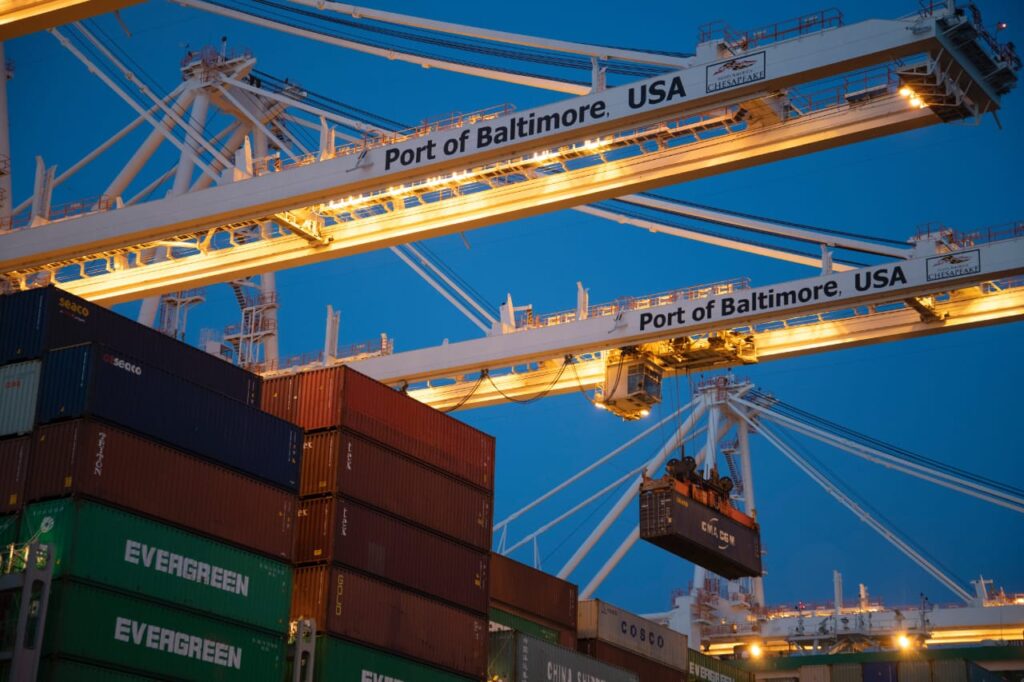
The last mile of delivery, the final leg of a product’s journey from the distribution center to the customer’s doorstep, is often considered the most critical and challenging phase in logistics. As e-commerce continues to surge and consumer expectations for fast and reliable deliveries rise, addressing the unique challenges of last-mile delivery has become a focal point for innovation in the logistics industry.
Challenges in Last-Mile Delivery:
Urban Congestion:
Navigating through densely populated urban areas poses a significant challenge for last-mile delivery. Traffic congestion, limited parking, and narrow streets can result in delays and increased operational costs.
Cost Pressures:
The high cost of last-mile delivery, especially for individual packages, is a persistent challenge. Companies face the dilemma of providing affordable or free shipping to meet customer expectations while managing the escalating costs associated with the last mile.
Delivery Time Windows:
Consumers increasingly expect flexible and precise delivery time windows. Meeting these expectations requires sophisticated route optimization and real-time tracking capabilities, which can be logistically complex.
Parcel Theft and Security:
Porch piracy and theft during the last mile pose security concerns for both consumers and delivery providers. Safeguarding packages from theft while maintaining the efficiency of deliveries is a delicate balance.
Environmental Impact:
The environmental impact of last-mile delivery, particularly in terms of emissions from delivery vehicles, has become a growing concern. Finding sustainable and eco-friendly solutions is imperative for reducing the carbon footprint of last-mile logistics.
Innovations Addressing Last-Mile Challenges:
Drone Deliveries:
Unmanned aerial vehicles, or drones, have emerged as a futuristic solution for last-mile delivery. Companies are exploring drone technology to reach remote or congested areas quickly, reducing delivery times and costs.
Autonomous Vehicles:
The use of autonomous vehicles, including self-driving cars and delivery robots, is gaining traction. These vehicles can navigate through traffic, optimize routes, and reduce labor costs, offering a glimpse into the future of efficient last-mile logistics.
Micro-Fulfillment Centers:
Establishing smaller fulfillment centers strategically located within urban areas addresses the challenge of urban congestion. These micro-fulfillment centers enable quicker and more cost-effective last-mile deliveries.
Crowdsourced Delivery:
Leveraging the sharing economy, some companies are exploring crowdsourced delivery models. Independent contractors or gig workers use their own vehicles to make deliveries, offering flexibility and scalability for peak demand periods.
Smart Locker Systems:
Smart locker systems provide secure and convenient delivery options for consumers. Placed in accessible locations, these lockers allow customers to retrieve their packages at their convenience, reducing the risk of theft and offering a contactless delivery solution.
Data Analytics and AI:
Advanced data analytics and artificial intelligence play a crucial role in route optimization and predictive analysis. By analyzing historical data, companies can anticipate demand patterns, optimize delivery routes, and enhance overall operational efficiency.
The Future Landscape of Last-Mile Delivery:
The challenges and innovations in last-mile delivery underscore the transformative nature of logistics in response to the demands of a rapidly evolving market. As technology continues to advance, the logistics industry is likely to witness a convergence of innovative solutions, further optimizing the last mile for efficiency, sustainability, and customer satisfaction.
Conclusion
Addressing last-mile delivery challenges is at the forefront of logistics innovation. The integration of cutting-edge technologies and creative solutions not only enhances operational efficiency but also shapes the future of how goods are delivered to consumers. As the logistics industry continues to evolve, finding the delicate balance between meeting customer expectations and overcoming last-mile challenges remains a driving force for innovation and transformation.